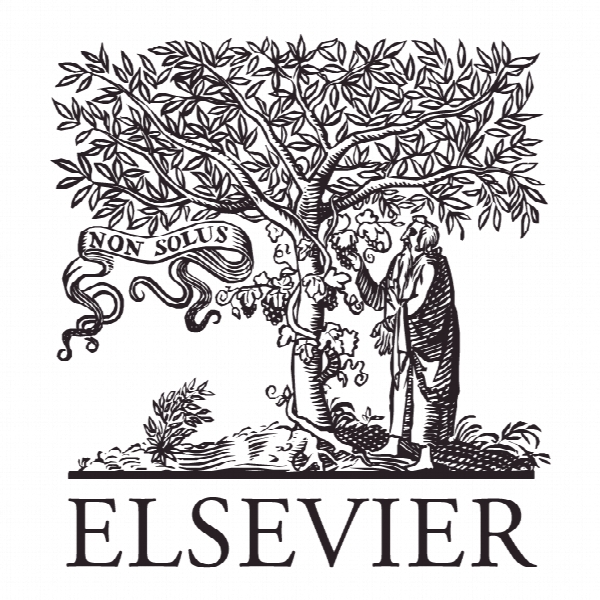روابط صاحبان سهام، ارزش برند، عملکرد شرکت: چشم انداز مبتنی بر منابع Stakeholder relationships, brand equity, firm performance: A resource-based perspective
- نوع فایل : کتاب
- زبان : انگلیسی
- ناشر : Elsevier
- چاپ و سال / کشور: 2017
توضیحات
رشته های مرتبط مدیریت
گرایش های مرتبط بازاریابی، مدیریت کسب و کار MBA
مجله تحقیقات بازاریابی – Journal of Business Research
دانشگاه کالج تجارت، ایالتی سان فرانسیسکو، ایالات متحده آمریکا
نشریه نشریه الزویر
گرایش های مرتبط بازاریابی، مدیریت کسب و کار MBA
مجله تحقیقات بازاریابی – Journal of Business Research
دانشگاه کالج تجارت، ایالتی سان فرانسیسکو، ایالات متحده آمریکا
نشریه نشریه الزویر
Description
1. Introduction The evolution of the marketing domain, to go beyond the customer, includes a broad set of stakeholders (Frow & Payne, 2011; Hillebrand, Driessen, & Koll, 2015; Hult, 2011; Hult, Mena, Ferrell, & Ferrell, 2011). A firm’s relationships with stakeholders, such as investors, employees, suppliers, distributors, customers, and partners, are valuable resources that can help the firm compete better in the marketplace (Hillebrand et al., 2015) and serve as important precursors of stakeholder value. Accordingly, recent research devotes more attention to the role of stakeholders as brand value co-creators (e.g., Vallaster & von Wallpach, 2013). More than affecting the product brand, stakeholder relations help shape a firm’s corporate brand (Schwaiger & Sarstedt, 2011). Despite this growing research interest, the conceptual development of the link between stakeholders and brands remains in an early stage (Kornum & Mühlbacher, 2013). Extant research notes the active roles of multiple stakeholders in brand value creation processes (e.g., Gyrd-Jones & Kornum, 2013; Iglesias, Ind, & Alfaro, 2013). However, the question remains as to how stakeholders can create brand value. Marketing scholars suggest that higher-order organizational effects can arise from certain processes, such as customer relationship management (e.g., Payne, Storbacka, Frow, & Knox, 2009), but brand literature largely ignores this line of inquiry. In the resource-based theory (RBT), resources and capabilities that are valuable, rare, and imperfectly imitable result in sustainable competitive advantages (Barney, 1991). Marketing strategy literature applies the RBT logic to investigate the effect of marketing resources and capabilities in areas such as brand and customer-firm relationship on firm performance (e.g. Kaleka, 2011; Morgan, Slotegraaf, & Vorhies, 2009; Vorhies, Orr, & Bush, 2011). While this literature enhances understanding of how brand equity gets created, most studies either adopt a customer-centric brand view (e.g., Vorhies et al., 2011) and/or narrowly focus on specific stakeholder group(s) such as distributors and suppliers (e.g. Kim & Cavusgil, 2009; Zou, Fang, & Zhao, 2003). There is a dearth of research that adopts a more inclusive, interactive brand perspective to examine the role of stakeholders as marketing resources. Similarly, no empirical evidence reveals how multiple stakeholder relationships can be converted into brand advantages, and then into firm performance (Kozlenkova, Samaha, & Palmatier, 2014).


